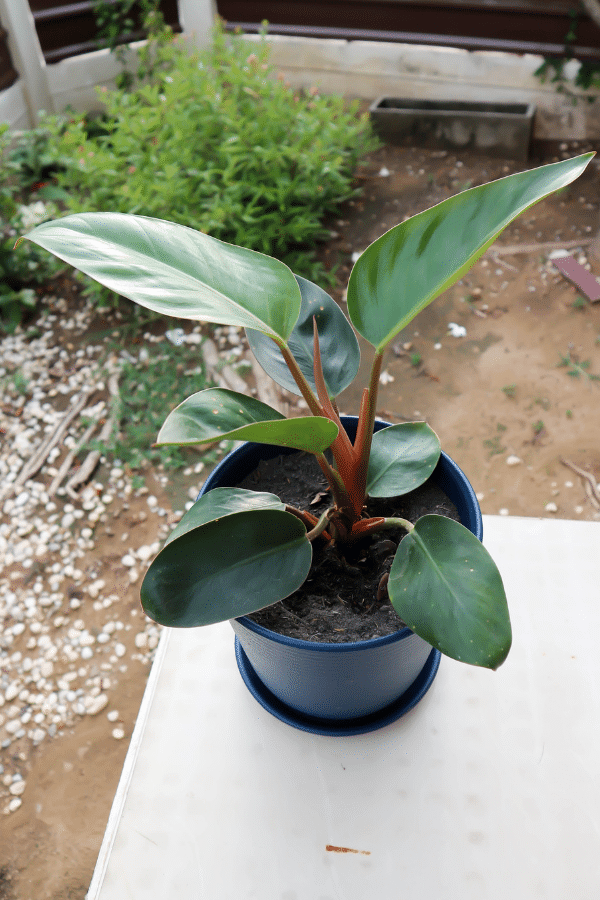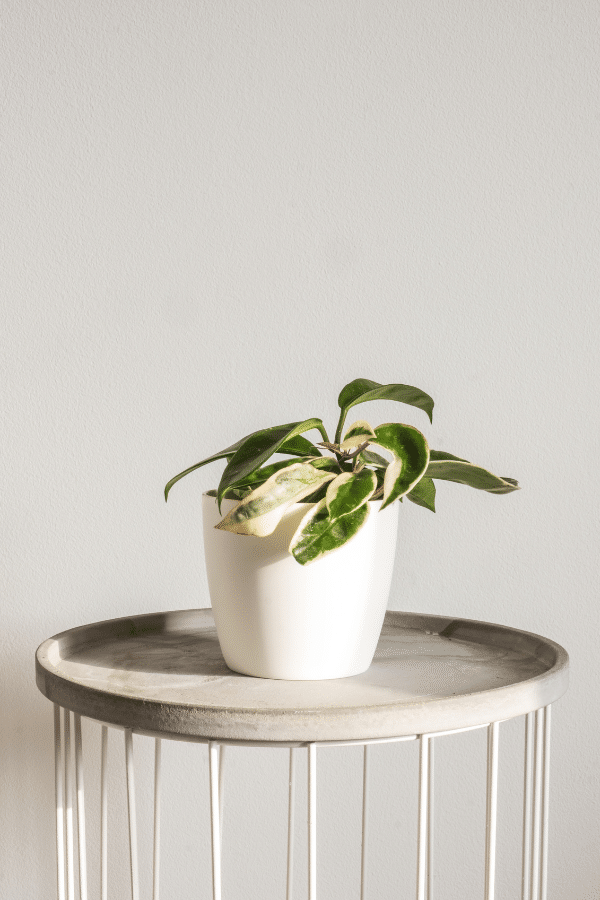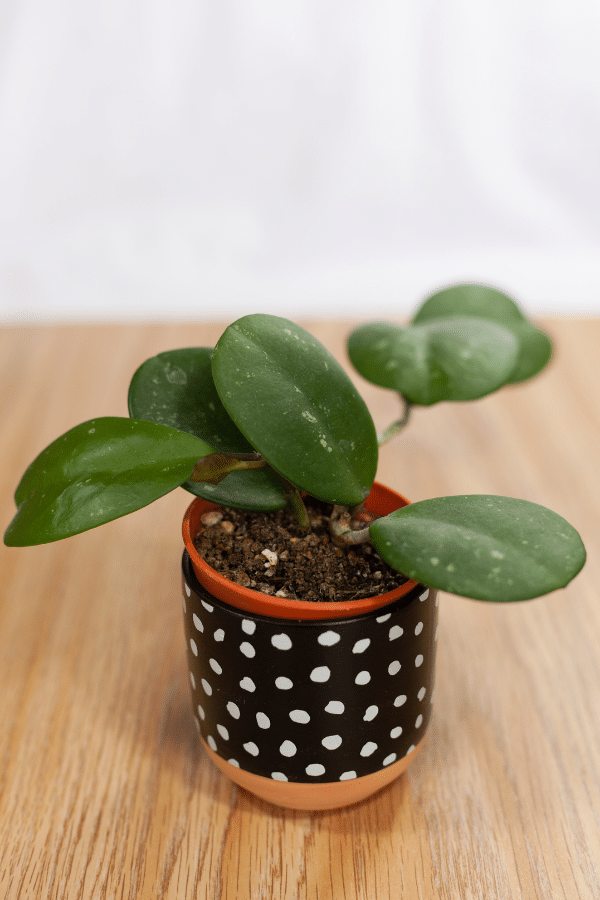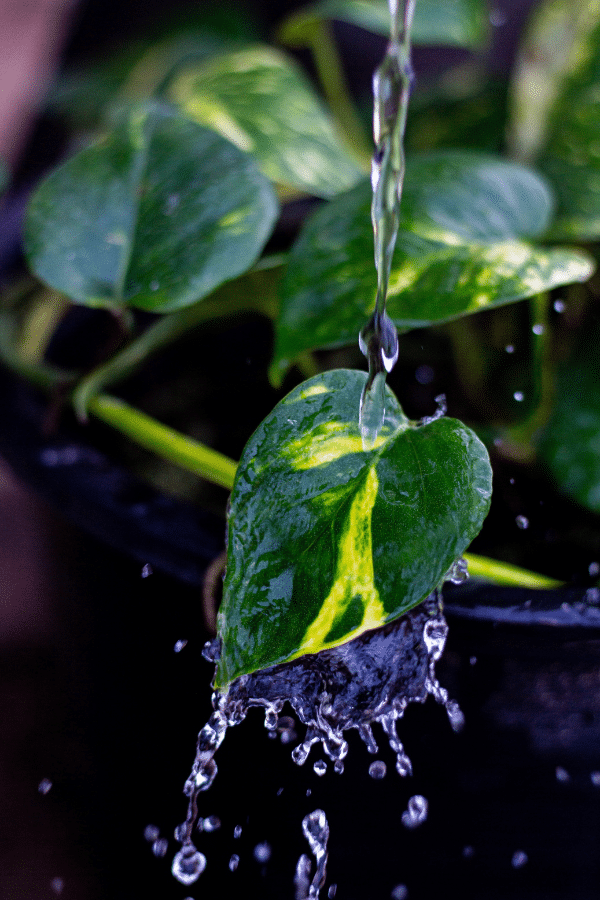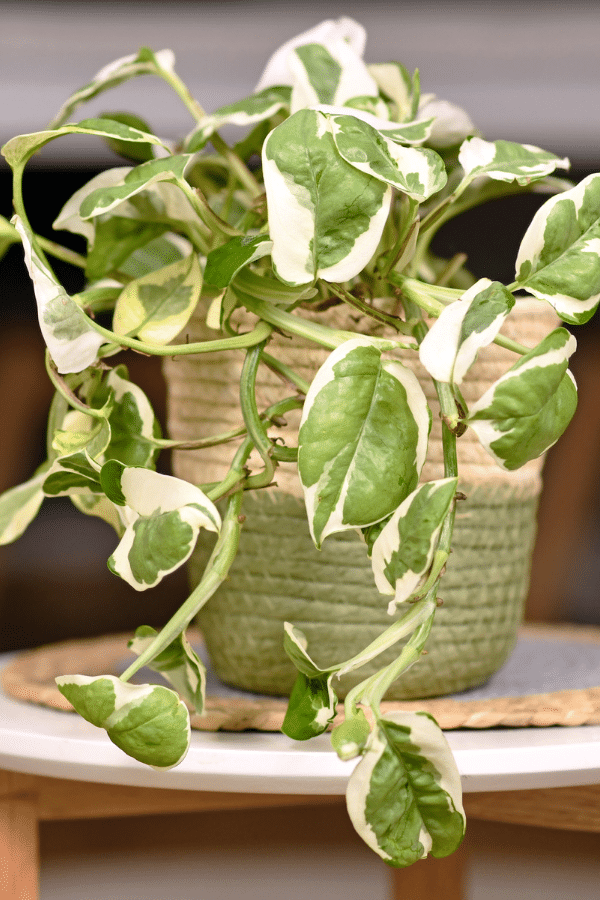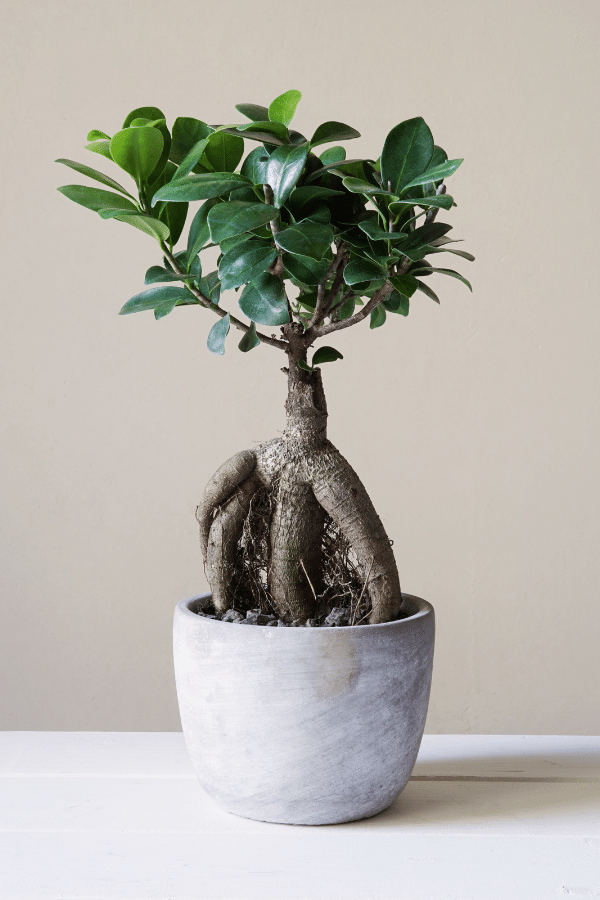Crispy Wave Fern
Scientific Name: Asplenium Nidus
Crispy Wave Fern care is a relatively easy Fern to grow and care for, although it is a Fern which can sometimes be finicky so be sure to provide it with the correct lighting, moisture levels, and more. If you are looking for a small plant, a Crispy Wave Fern plant may be for you.
To give this Fern the best care, it requires well-draining soil, keep the soil consistently moist, provide it with bright indirect sunlight, temperatures ranging from 60-72F, and high humidity levels.
Quick Care Overview
| Common Name | Crispy Wave Fern |
| Scientific Name | Asplenium Nidus |
| Family | Aspleniaceae |
| Origin | Southeast Asia |
| Growth Rate | Medium |
| Identification | Small plant with large, jagged upright fronds |
| Height | Up to 5 feet tall |
| Soil | Well-draining soil |
| Water | Keep the soil consistently moist |
| Temperature | 60-72F |
| Sunlight | Bright indirect sunlight |
| Toxic to Cats & Dogs | No |
| Toxic to Humans | No |
| Pests | Scale, fungus gnats |
| Diseases | Root rot |
Below we will dive deep into this Crispy Wave Fern care guide.
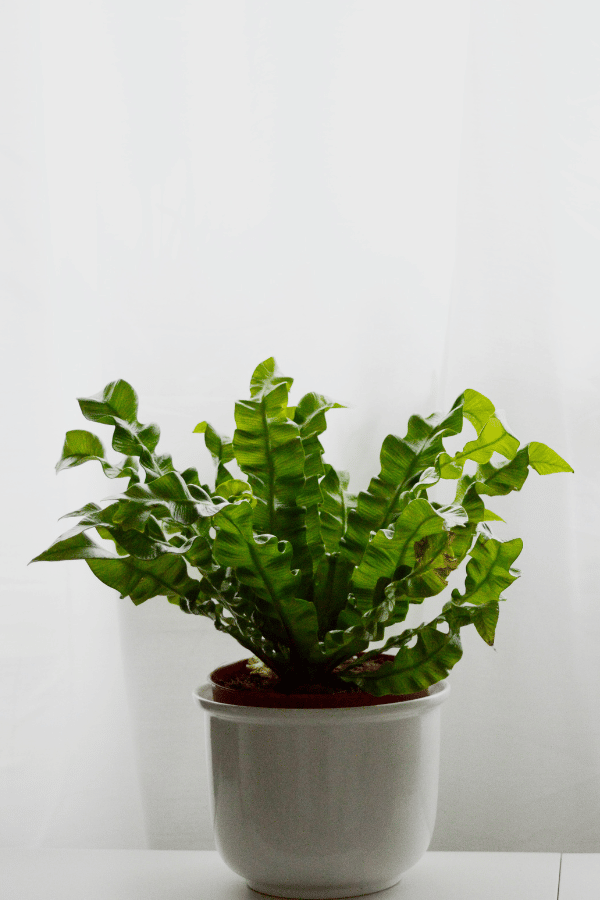
Crispy Wave Fern History
Asplenium Nidus, otherwise known as the Crispy Wave Fern, is a tropical plant native to southeast Asia, Polynesia, and eastern Africa. This gorgeous fast-growing epiphytic fern is easy to grow and also has air-purifying properties.
Crispy Wave Fern Identification
The Crispy Wave Fern presents as a small shrub with large, upright fronds.
Crispy Wave Fern Growth Facts
Although the Crispy Wave Fern is considered a quick grower, it will take years to reach maturity. Though rarely growing over 2 feet indoors, if given the right conditions, your crispy wave fern may grow up to 5 feet tall.
How Big Does a Crispy Wave Fern Get?
The Crispy Wave Fern will grow up to 5 feet tall, though many varieties will remain smaller.
Crispy Wave Fern Care
This epiphytic tropical plant will thrive if kept in a warm, humid environment. It will require consistently moist soil and very high humidity to proliferate.
Crispy Wave Fern Soil
The Crispy Wave Fern will grow best in a mixture of organic compost, pine bark, and perlite. Alternatively, you may utilize a commercial cacti/succulent mix.
Crispy Wave Fern Fertilizer
The Crispy Wave Fern will not require much fertilization. However, it will benefit from a monthly feeding during the warm growing season of spring and summer. Utilize a diluted, balanced fertilizer indicated for houseplants. Do not feed your plant in winter.
Crispy Wave Fern Watering
As a plant accustomed to the tropical rainforest, the Crispy Wave Fern will prefer to be kept evenly moist at all times. Therefore, the soil of your crispy wave fern should be kept moist but not oversaturated with water or soggy. Additionally, this plant is sensitive to cold or overly warm water and will prefer room-temperature water. The crispy wave fern is also sensitive to chemicals in tap water. Therefore, it is best to water your crispy wave fern with rainwater, distilled, or filtered water.
Crispy Wave Fern Light Requirements
The Crispy Wave Fern will prefer to be grown in filtered indirect light. Placing your crispy wave fern next to a northern-facing window will be perfect. Ensure that you do not expose your plant to direct sunlight, as this causes foliage to scorch and burn from too intense of direct sunlight.
Crispy Wave Fern Temperature & Humidity
Being a tropical plant, your crispy wave fern will like to remain consistently warm. You should strive to keep your Crispy Wave Fern between 60-72 degrees Fahrenheit and never above 100 degrees Fahrenheit or below 55 degrees Fahrenheit. Additionally, this plant is sensitive to quick fluctuations in temperature. Therefore, keep your plant away from drafts, AC units, heaters, and cold windows. Your crispy wave fern will prefer to be kept in high humidity, between 60-90 percent. You will likely need to increase your home’s humidity to keep this plant happy. Consider investing in a humidifier to reach the ideal humidity.
Repotting Crispy Wave Fern
The Crispy Wave Fern will only need to be repotted as soon as it visibly is too large for its container and is toppling over. Select a container that is 2-3 inches larger than the previous container. Repot your plant, refresh the soil, tamp lightly, water thoroughly, and place it in indirect light. You may opt to choose a larger pot if you would like your crispy wave fern to grow larger quicker. Alternatively, you may decide to keep your plant in a small container and refresh the soil, and trim down some of the roots to keep it compact in size. However, this plant will not grow well if it does not have ample humidity no matter the container size it is provided.
Crispy Wave Fern Maintenance & Pruning
You will only need to prune your Crispy Wave Fern for aesthetic purposes. Periodically remove any discolored, dead, or diseased foliage using sharp, clean shears. If you notice foliage with brown spots or foliage that is rotting at the base, you may have an overwatering problem.
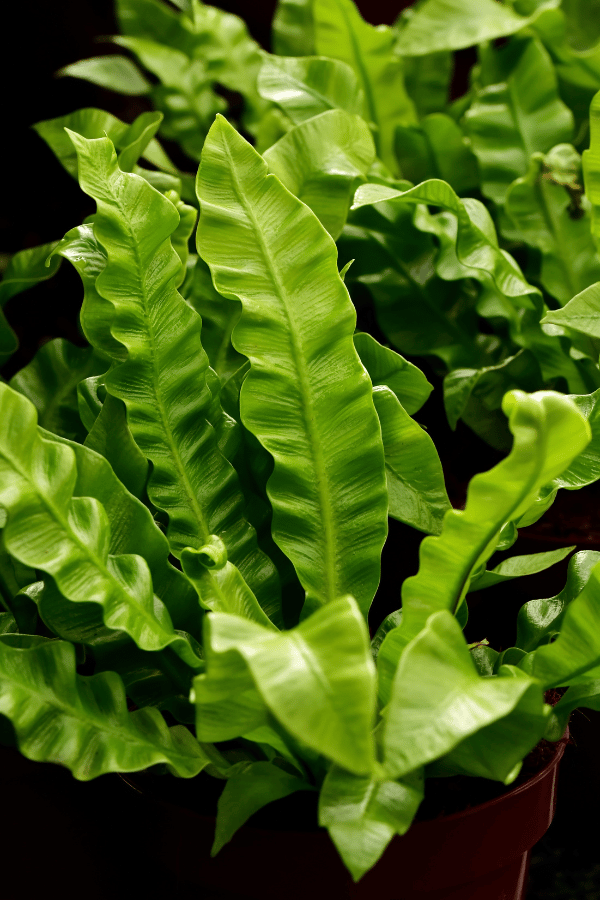
Crispy Wave Fern Propagation
This Fern is not easy to propagate, and propagation is often left to professionals. The Crispy Wave Fern may not be propagated by root division or stem/leaf cuttings.
To propagate your Fern, it will need to be done either through tissue culture or spores. You may collect spores of your Crispy Wave Fern by leaving a mature leaf on a paper plate for a few days. This leaf should have visible clusters of spores on the underside of the leaf. After the leaf has dried, collect the spores from the plate and sprinkle them on moist peat moss. Keep the peat moss moist in a shaded area and mist frequently to encourage sprouting. After the sprouts have become a couple of inches tall, replant them into their own individual containers. Keep in mind that propagation through spores is quite difficult and can rarely be successfully completed by inexperienced gardeners. However, the end result is worth the trouble if you are able to propagate your Crispy Wave Fern successfully.
Crispy Wave Fern Toxicity
Toxicity to Humans
The Crispy Wave Fern is considered non-toxic to humans.
Toxicity to Cats & Dogs
The Crispy Wave Fern is considered non-toxic to pets.
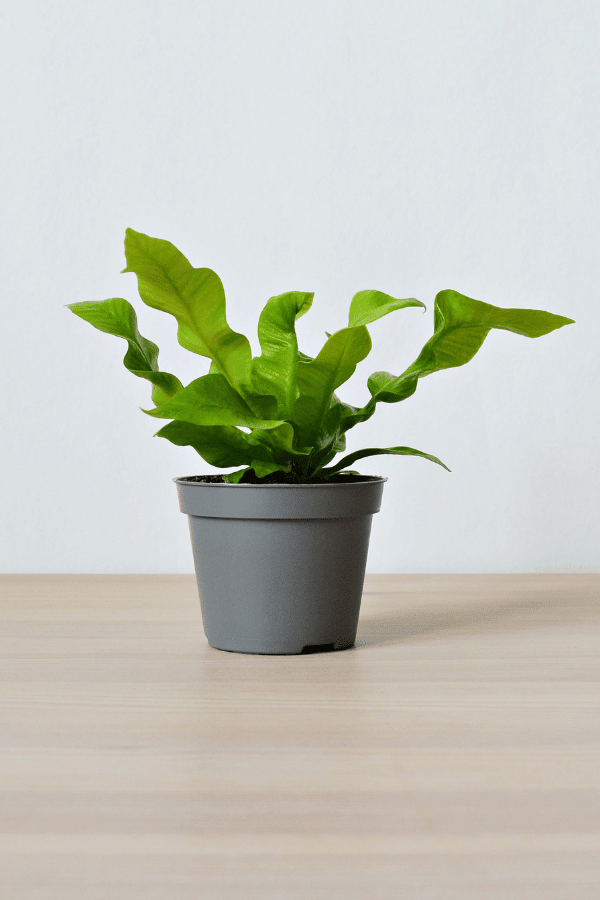
Crispy Wave Fern Problems
Crispy Wave Fern Leaves Turning Yellow
When fronds turn yellow, this typically indicates that your Crispy Wave Fern is receiving too much water.
Crispy Wave Fern Leaves Turning Brown
Browning foliage typically indicates this plant is receiving too much sunlight.
Crispy Wave Fern Diseases
Though not prone to disease, the Crispy Wave Fern can suffer issues related to overwatering such as leaf rot and root rot.
Crispy Wave Fern Pests
The top pest issue a Crispy Wave Fern will face is scale. Periodically check your plant for signs of infestation. If pests are present, use a pesticide or neem oil to treat them.

